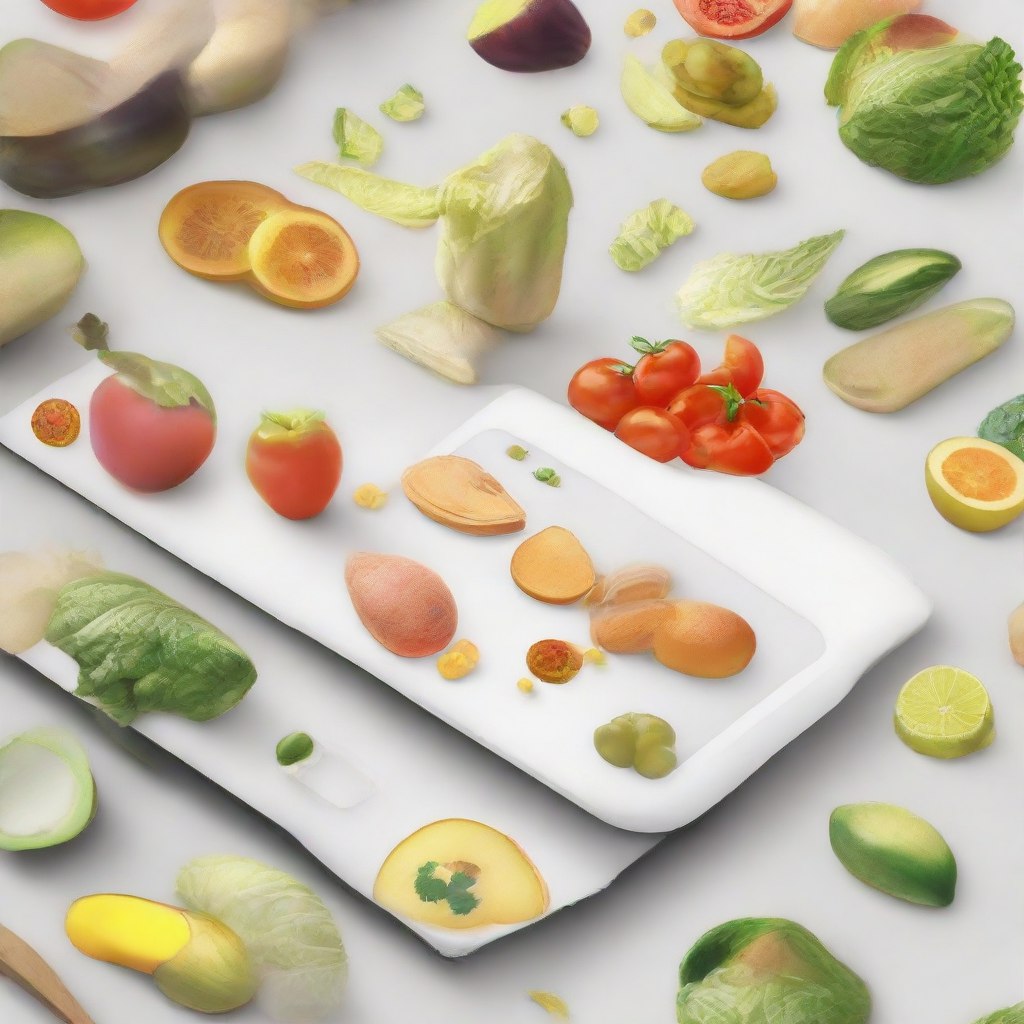Food waste is a big problem. Every year, millions of tons of food end up in landfills, contributing to environmental degradation and economic loss. But what if there was a way to reduce food waste right in your own kitchen? That’s where a food waste reduction app comes in. In this article, we’ll explore how you can develop an app that helps users reduce food waste at home, step by step.
Understanding Food Waste
The Scope of the Problem
Food waste is a significant issue globally. According to the Food and Agriculture Organization of the United Nations, approximately one-third of all food produced for human consumption is lost or wasted each year. This equates to about 1.3 billion tons of food, worth nearly $1 trillion. In addition to the economic cost, food waste also has serious environmental implications, contributing to greenhouse gas emissions, water waste, and land degradation.
The Impact on Individuals
Food waste isn’t just a problem for the planet; it also affects individuals and families. When we waste food, we’re not just throwing away money; we’re also missing out on the opportunity to nourish ourselves and our loved ones. Plus, many of us lead busy lives and may not have the time or resources to plan meals carefully and minimize waste. That’s where a food waste reduction app can help.
Developing the App
Identifying Key Features
The first step in developing a food waste reduction app is to identify the key features you want to include. Some essential features might include:
- Inventory Management: Users can track the food items they have in their pantry, fridge, and freezer.
- Expiration Tracking: The app can alert users when their food is approaching its expiration date, helping them use it up before it goes bad.
- Recipe Suggestions: Based on the ingredients users have on hand, the app can suggest recipes that use those items, minimizing waste.
- Shopping Lists: Users can create shopping lists based on the recipes they want to make and the ingredients they need to buy, reducing impulse purchases and excess food.
Designing the User Interface
Once you’ve identified the key features, it’s time to design the user interface (UI) of your app. The UI should be intuitive and user-friendly, making it easy for users to navigate and access the app’s features. Consider using a clean and minimalist design with clear labels and buttons. You may also want to incorporate features like barcode scanning to make it easier for users to add items to their inventory.
Building the App
With your design in place, it’s time to start building your app. You can use a variety of tools and platforms to develop your app, depending on your technical skills and budget. If you’re not a programmer yourself, you may want to consider hiring a development team or working with a freelance developer to bring your app to life. Be sure to test your app thoroughly before launching it to ensure it functions correctly and provides a seamless user experience.
Launching and Marketing the App
Launching Your App
Once your app is ready, it’s time to launch it to the world. Consider releasing your app on popular app stores like the Apple App Store and Google Play Store to reach a wide audience. You may also want to create a website or landing page for your app where users can learn more about its features and download it directly.
Marketing Your App
Marketing is key to the success of your app. Consider leveraging social media platforms, email newsletters, and other digital marketing channels to promote your app to potential users. You may also want to reach out to food bloggers, influencers, and media outlets to spread the word about your app. Offering promotions or discounts to early adopters can also help generate buzz and attract new users.
Growing and Evolving Your App
Collecting User Feedback
Once your app is live, it’s essential to collect feedback from users to understand how they’re using the app and what features they find most valuable. You can gather feedback through in-app surveys, reviews, and social media channels. Use this feedback to identify areas for improvement and prioritize new features and updates.
Continuous Improvement
Finally, remember that app development is an ongoing process. Continuously monitor your app’s performance and user engagement metrics, and be prepared to make adjustments and updates as needed. By staying responsive to user feedback and market trends, you can ensure that your app remains relevant and valuable to users over time.
With these steps, you can develop an app that helps users reduce food waste at home, making a positive impact on the environment and their wallets. So what are you waiting for? Get started on your food waste reduction app today and help make the world a greener, more sustainable place.


